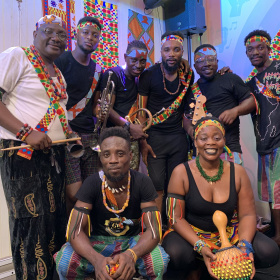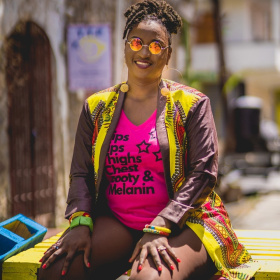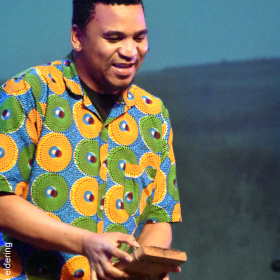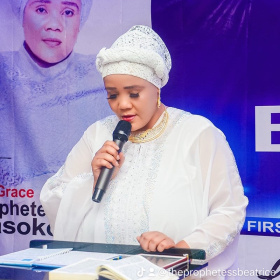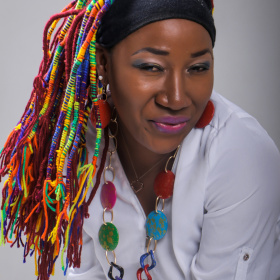Ku-omboka
Bio
This is the most famous of the ceremonies in Zambia that takes place in the Western Province. It used to be held in February or March, often on a Thursday, just before full moon. The precise date would only be known a week or so in advance, as it was decided upon by the Lozi King. Now that the ceremony attracts more visitors, it is usually held at Easter if water levels are not high enough, it will not take place at all.
The Lozi Kingdom is closely associated with the fertile plains around the Upper Zambezi River. When dry, this well-defined area affords good grazing for livestock, and its rich alluvial soil is ideal for cultivation. It contrasts with the sparse surrounding woodland, growing on poor soil typical of the rest of western Zambia. So for much of the year, these plains support a dense population of subsistence farms.
However, towards the end of the rains, the Zambezi's water levels rise. The plains then become floodplains, and the settlements gradually become islands. The people must leave them for the higher ground, at the margins of the floodplain. This retreat from the advancing waters – known as the Ku-omboka – is traditionally led by the king himself, the Litunga, from his dry-season abode at Lealui, in the middle of the plain. He retreats with his court to his high-water residence, at Limulunga, on the eastern margins of the floodplain.
The Litunga's departure is heralded by the beating of three huge old royal war drums – Mundili, Munanga, and Kanaono. These continue to summon the people from miles around until the drums themselves are loaded above the royal barge, the nalikwanda, a very large wooden canoe built around the turn of the century and painted with vertical black-and-white stripes. The royal barge is then paddled and punted along by 96 polers, each sporting a skirt of animal skins and a white vest. Their scarlet hats are surmounted by tufts of fur taken from the mane of unfortunate lions.
The royal barge is guided by a couple of 'scout' barges, painted white, which search out the right channels for the royal barge. Behind it comes the Litunga's wife, the Moyo, in her own barge, followed by local dignitaries, various attendants, many of the Litunga's subjects, and the odd visitor lucky enough to be in the area at the right time. The journey takes most of the day, and the flotilla is accompanied by an impromptu orchestra of local musicians.









